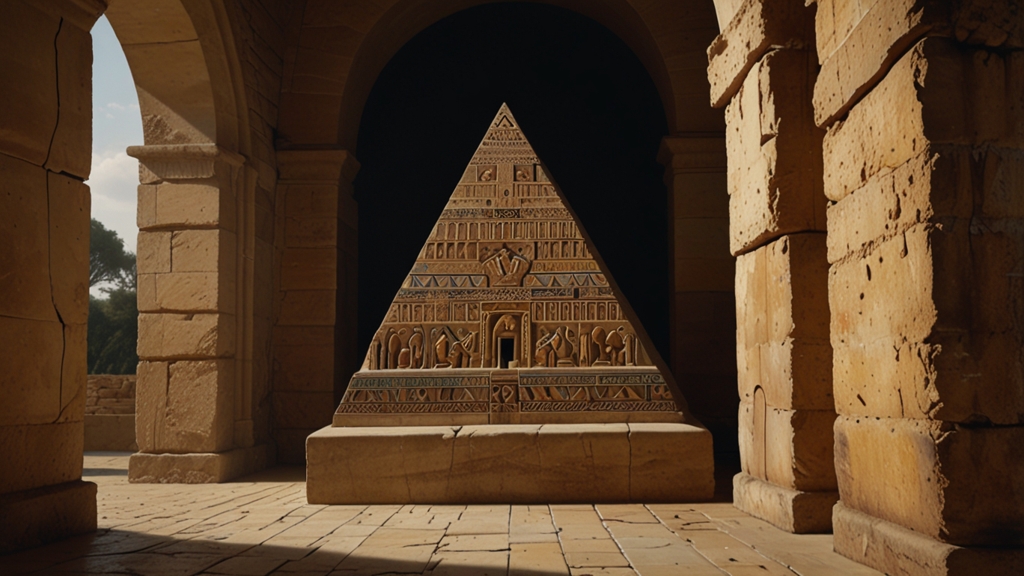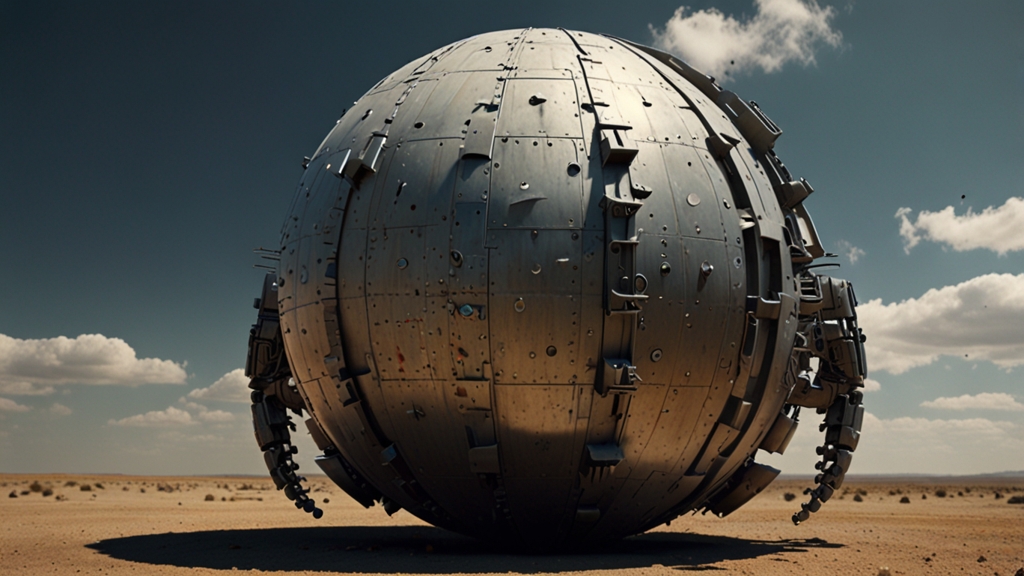Mysteries of the Mesopotamian Underworld: The Afterlife Explored
The ancient civilization of Mesopotamia, often referred to as the cradle of civilization, is rich in mythology and spiritual beliefs. Among these beliefs, the concept of the afterlife is particularly fascinating. Mesopotamians envisioned an intricate underworld, a realm where souls journeyed after death. Unlike the optimistic afterlives of some other cultures, the Mesopotamian underworld was a dark and somber place. This article delves into the mysteries of the Mesopotamian underworld and explores how the ancient Mesopotamians perceived life after death.
The Land of No Return: Kur
In Mesopotamian mythology, the underworld was known as "Kur" or "Irkalla," often translated as the "Land of No Return." It was believed to be a dismal place, devoid of light and filled with dust. The journey to Kur was inevitable and irreversible, marking the end of mortal life.
“The road to the underworld is lined with dust and darkness, a path no light can penetrate.”
The deity Ereshkigal ruled over this gloomy realm. Her domain was a stark contrast to the world above, where deities like Anu and Enlil enacted their divine will. The Mesopotamians, therefore, perceived the underworld as a place free from celestial light, where the souls of the dead existed in a state of perpetual shadow.
Gateways and Guardians
According to Mesopotamian belief, the journey to Kur required passage through seven gates, each guarded by powerful deities. These gates represented obstacles that the soul had to overcome to enter the underworld. The concept of multiple gates emphasized the inescapability and complexity of death.
“She passed through the first gate and handed over her crown – a symbol of her authority and identity.”
This quote from the myth of Inanna's Descent illustrates the stripping away of earthly honors and possessions as one moved closer to the underworld. Inanna, the goddess of love and war, symbolizes the soul's transformation as she relinquishes her earthly attributes to enter Kur.
The Afterlife Experience
Life in the Mesopotamian afterlife was decidedly bleak. The dead consumed dry dust and lived a shadowy existence. There were no grand feasts or heavenly rewards. Instead, the soul led a monotonous and subdued existence. Ancestors could influence the living, and thus, proper rituals and offerings to the dead were essential.
The epic of Gilgamesh provides profound insights into these beliefs. When Gilgamesh's friend Enkidu dies, he describes a desolate afterlife where the dead dwell in darkness and feed on clay.
“The house where those who enter do not come out, along the path that allows no journey back.”
These words from Enkidu paint a vivid picture of the Mesopotamian underworld, highlighting the finality and desolation that awaited all souls.
The Rituals for the Deceased
To ensure the well-being of the dead in the afterlife, Mesopotamians placed great emphasis on funerary practices. Burials were performed with meticulous care, often including grave goods that the deceased might need in the afterlife. Families conducted regular offerings and libations at the grave, maintaining a connection between the living and the dead.
The living believed that neglecting these rituals could anger the spirits, causing them to return as restless ghosts. Therefore, ensuring the proper passage and appeasement of the dead was a fundamental societal duty.
Continuing Influence
The Mesopotamian vision of the afterlife, with its complex rituals and somber conception of death, has left an indelible mark on later civilizations. These ancient beliefs have influenced subsequent cultures and their views on life, death, and the beyond.
Despite its bleak portrayal, the Mesopotamian underworld underscores the importance of life's temporality and the profound respect and care owed to the deceased. In a world where death was an ever-present reality, these beliefs provided structure and meaning to the mysteries of life and afterlife.
The Mesopotamians navigate the mysteries of the afterlife with rituals and myths that continue to resonate, offering timeless reflections on the human condition and our eternal quest to understand what lies beyond.












